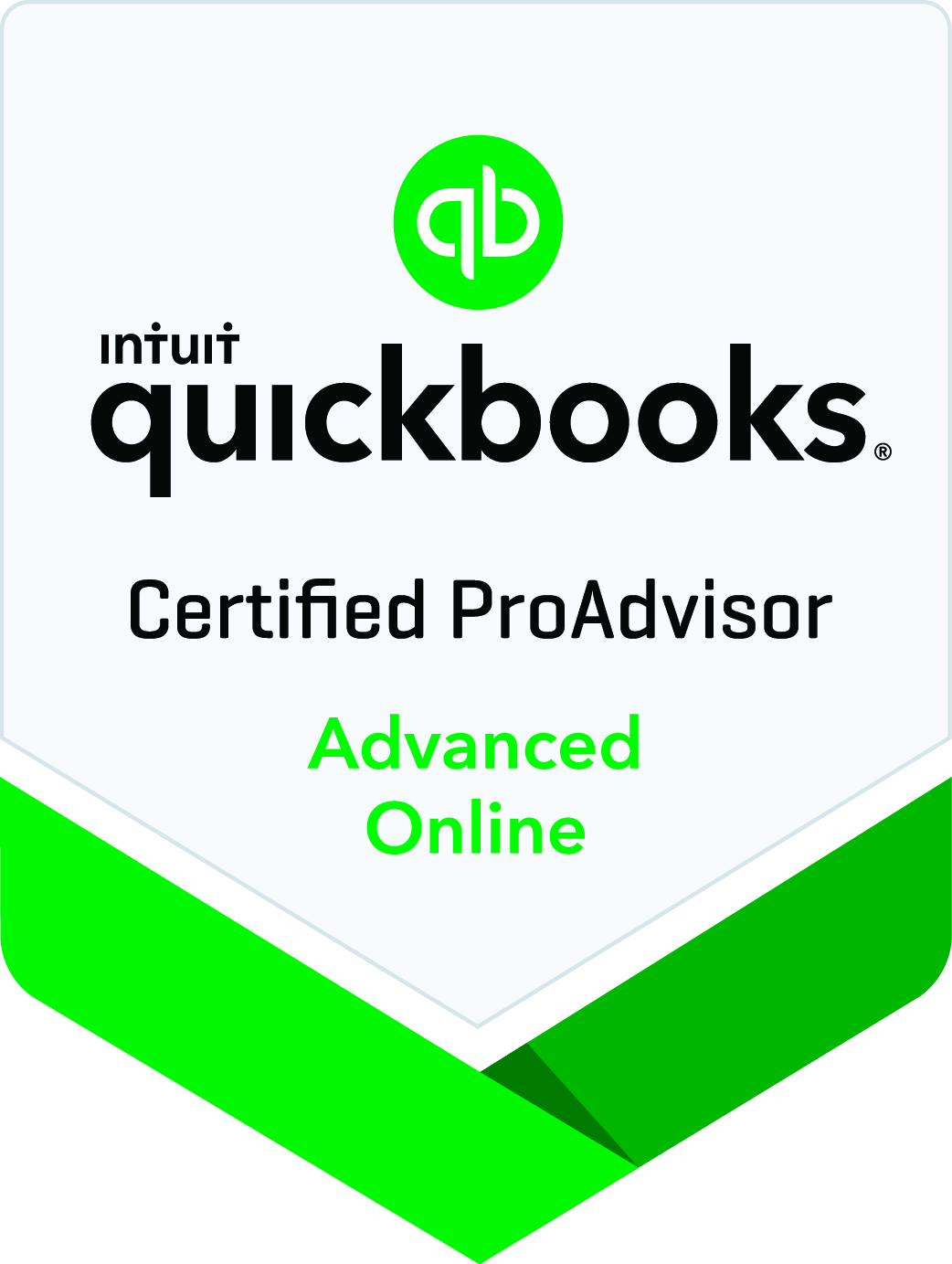Property Taxation Update for 2020-21
There is no doubt that property landlords have very much been on the government’s radar and have been targeted in Budget announcements over the past few years. These have resulted in some substantial changes to the way income from properties is taxed and we have provided a recap of all the various changes that have already taken place in recent years, along with further changes implemented from April 2020.
Mortgage Interest Relief
One of the most sweeping changes to be introduced is the restriction of mortgage interest tax relief. The final phase of this change takes effect from 6 April 2020, when the maximum tax relief available for mortgage interest related to a buy-to-let property will be just 20%, which impacts higher (40%) and additional (45%) rate taxpayers with buy-to-let mortgages. The reduction in tax relief for higher and additional rate taxpayers often results in those landlords making real rental losses and yet rental profits for tax purposes. Those in the higher to additional rate bands need to think carefully about their rental businesses going forward and ensure that they are making full use of all available tax reliefs.
Capital Gains Tax
At the moment capital gains tax is assessed and paid upon the submission of a self assessment personal tax return, i.e., by 31 January following the end of the tax year. This means that there can be a time lag of between 10 to 21 months in paying the capital gains tax after the sale or disposal of a property.
From 6 April 2020, capital gains tax on the disposal of a property will be payable within 30 days of the disposal. The change is intended to improve cash flow for the Treasury but also to avoid individuals spending the disposal proceeds before having paid the tax! We assume that HMRC will be notified and paid within the 30 day timeframe through the use of the new digital tax accounts, but await further details of how the administration will work. Note that this will not affect individuals disposing of their main home, which will remain exempt from capital gains tax.
Private Residence Relief and Lettings Relief
‘Lettings relief’ has been a valuable relief from capital gains tax for landlords who have lived in their let property as their main residence at some point of the property ownership. However, from April 2020 the relief is being restricted to circumstances where the owner is in shared occupancy with the tenant. Furthermore, the final period of ownership that is free of capital gains tax for such properties is being reduced from 18 months to 9 months.
Stamp Duty Land Tax (SDLT)
Individuals purchasing an ‘additional’ residential property such as a second home or buy-to-let property are subject to an extra 3% of stamp duty above the regular rate of stamp duty that would normally be applicable to the property.
The additional stamp duty is payable on the entire purchase price if the buyer owns more than one residential property at the end of the day on which the property purchase occurs. Buyers who purchase a home before selling their old one will therefore be caught but note that if the old home is sold within 3 years of the purchase of the new property, the additional 3% duty can be refunded. Note that married couples and civil partners are treated as a single unit when it comes to determining whether the purchase constitutes an ‘additional’ property.
The SDLT filing and payment window was reduced from 30 days to 14 days from 1 March 2019.
Inheritance Tax
The nil rate band (i.e., the tax-free threshold) for inheritance tax remains £325,000. Inheritance tax of 40% is payable on the value of the estate above that amount. The full ‘main residence nil rate band’ of £175,000 in additional to the standard nil rate band comes into effect from 6 April 2020 and provides an extra inheritance tax-free allowance above the standard nil rate band if the estate of the deceased includes their main residence and is left to direct descendants, e.g., children and grandchildren.
If an estate includes a main residence, then an individual’s total inheritance tax-free allowance will be £500,000 from 2020-21 and £1 million for a married or civil partnership couple.
Note that the main residence relief will be tapered for estates with a value of more than £2 million, for which the additional allowance is reduced by £1 for every £2 over that limit.
Wear and Tear Allowance
As of 6 April 2016, landlords of furnished properties have no longer been able to claim the 10% wear and tear allowance, which has provided generous tax relief to landlords in the past. Instead, the allowance has been superseded by the actual replacement costs of furnishings so it is important to retain the receipts for such purchases.
Rent-A-Room Relief
Letting out a room in your own home can benefit from the £7,500 ‘rent-a-room’ relief. While this is quite a significant relief, it is unlikely to cover all the rental income from letting a room in areas with high property values, such as London.
Summary
As you can see, property taxation is anything but simple! The many recent and upcoming tax changes will give landlords plenty to consider. There is no ‘one size fits all’ and so if you would like to discuss how property taxation specifically impacts your rental business, please do contact us.





